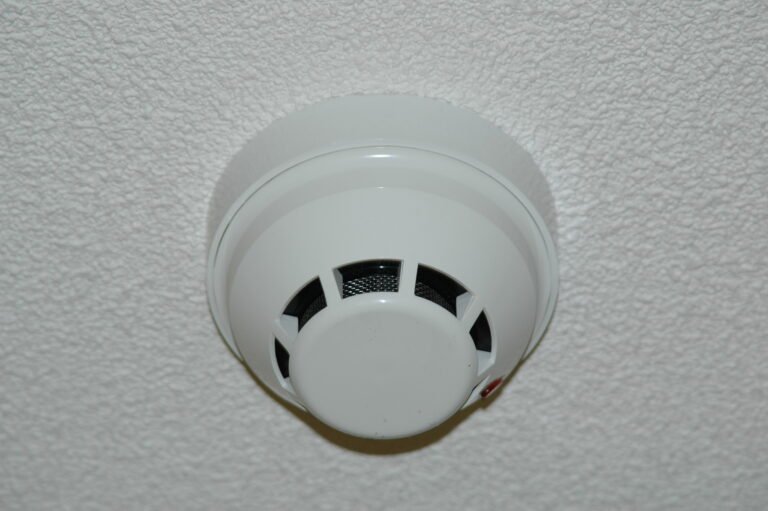Smoke Detector Systems: Enhancing Fire Safety
In the realm of building safety, smoke detector systems stand as indispensable guardians against the threat of fire. These systems serve as early warning mechanisms, detecting the presence of smoke and triggering timely alerts to occupants and authorities. In this article, we delve into the significance of smoke detector systems in buildings, exploring their functionality, types, installation, maintenance, and crucial role in safeguarding lives and property.
Understanding Smoke Detector Systems
Smoke detector systems are designed to detect smoke particles in the air, signaling the presence of a potential fire hazard. They consist of sensors, alarms, and control panels, working in tandem to provide rapid detection and notification of fire-related incidents.

Types of Smoke Detectors
Smoke detectors come in various types, each offering unique advantages in terms of detection capabilities and suitability for different environments.
Ionization Smoke Detectors
Ionization smoke detectors utilize a small amount of radioactive material to ionize the air within the detection chamber. When smoke particles disrupt the ionization process, the alarm is triggered, alerting occupants to the presence of smoke.
Photoelectric Smoke Detectors
Photoelectric smoke detectors operate by emitting a beam of light within the detection chamber. When smoke particles scatter the light beam, the detector activates the alarm, providing early warning of potential fire hazards.
Combination Smoke Detectors
Combination smoke detectors combine ionization and photoelectric technologies to offer enhanced detection capabilities, effectively sensing both fast-burning and smoldering fires.
Installation and Placement
Proper installation and placement of smoke detectors are critical factors in maximizing their effectiveness in detecting and alerting occupants to fire hazards.
Strategic Placement
Smoke detectors should be strategically placed throughout the building, including in bedrooms, hallways, and common areas, to ensure comprehensive coverage and early detection of smoke.
Interconnection
Interconnecting smoke detectors within the building allows for synchronized alarm activation, ensuring that all occupants are alerted simultaneously in the event of a fire.
Operation and Maintenance
Regular operation and maintenance are essential to ensure the reliability and functionality of smoke detector systems.
Testing and Inspection
Building owners or managers should conduct regular testing and inspection of smoke detectors to verify proper operation. This may include pressing the test button on each detector and checking for alarm activation.
Battery Replacement
Battery-powered smoke detectors require periodic battery replacement to maintain their functionality. Building occupants should be reminded to replace batteries annually or as needed to ensure uninterrupted operation.
Integration with Building Safety Systems
Smoke detector systems can be integrated with other building safety systems, such as fire alarms and sprinkler systems, to provide comprehensive fire protection coverage.
Fire Alarm Integration
Integration with fire alarm systems allows smoke detector alarms to trigger building-wide alerts, notifying occupants and authorities of potential fire emergencies.
Sprinkler System Activation
In some cases, smoke detector systems can be configured to activate sprinkler systems automatically upon detecting smoke, helping to suppress fires before they escalate.
Conclusion
Smoke detector systems play a crucial role in building safety by providing early detection and notification of fire hazards. Their diverse types, strategic placement, and integration with other safety systems enhance their effectiveness in safeguarding lives and property. By prioritizing the installation and maintenance of smoke detector systems, building owners can significantly mitigate the risk of fire-related incidents and ensure the safety and well-being of occupants.
